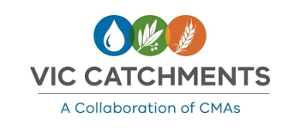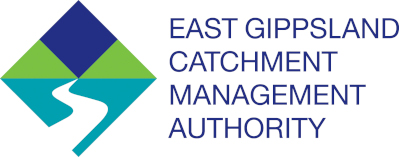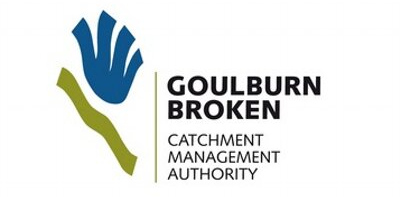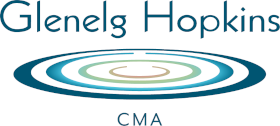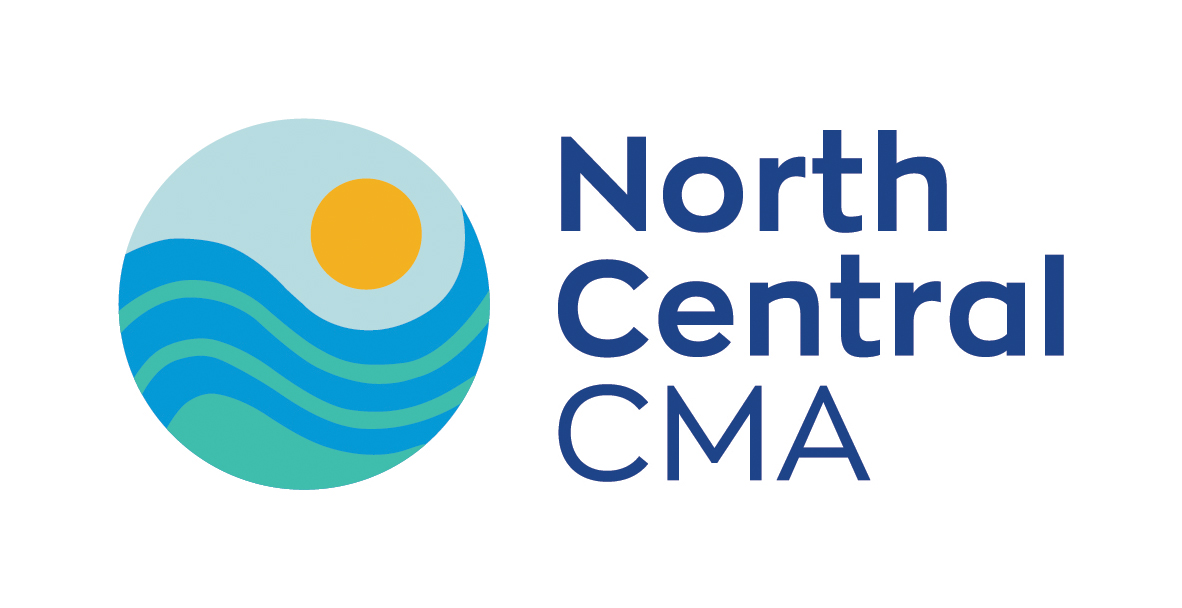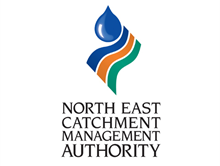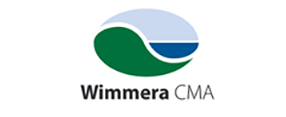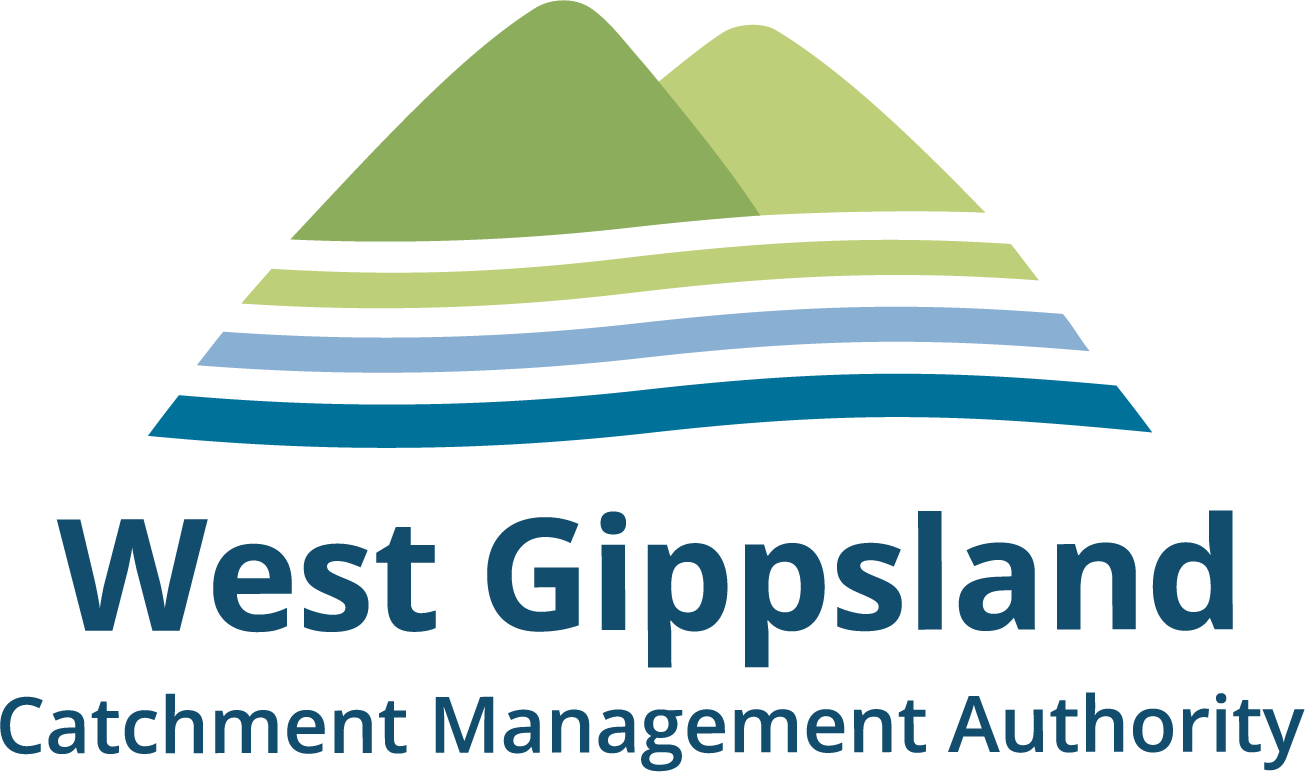Gippsland Lakes – Love Our Lakes
LOCATION
East and West Gippsland
TRADITIONAL OWNERS
Gunaikurnai
OUTPUTS
- 157 hectares of revegetation
- 23,380 hectares of pest animal control
- 901 hectares of weed control
- 3 threatened species response
actions - 15 terrestrial features (frog bogs)
- 34.4 kilometres fencing
INVESTMENT 4 YEARS
$7.5m
Partners
West Gippsland CMA, Gunaikurnai Land and Waters Aboriginal corporation (GLaWAC), Parks Victoria, Greening
Australia, BirdLife Australia, Trust for Nature, Gippsland Ports, Gippsland Water, Wellinton Shire Council, Southern Rural Water, DEECA, DAFF, EPA, Monash University, Latrobe Catchment Landcare Network, Field and Game Australia,
Federation University, East Gippsland Landcare Network, Victorian Fisheries Authority, Far East Victoria Landcare
The Gippsland Lakes are a series of coastal lagoons and fringing wetlands that cover approximately 60,000 hectares; fed by five major rivers spread across a catchment of over 20,000 square kilometres connected to the ocean at Lakes Entrance. The Gippsland Lakes are part of the Traditional Lands and Waters of the Gunaikurnai People, who have cared for Country for tens of thousands of years.
Listed as a wetland of international significance under the Ramsar Convention, the Gippsland Lakes are diverse and provide many important habitats for threatened species. The lakes serve as feeding and breeding grounds for migratory birds travelling from Siberia and the Arctic Circle annually. The Lakes are central to regional tourism, supporting recreational fisheries, boating, camping and visitation.
Over the past three years the Victorian Government has allocated $7.5 million to successfully deliver 48 projects by 22 partners across four key areas. This success of delivery of the projects was through continued cooperation between Traditional Owners, land and waterway managers, community groups, individual landowners, and other regional partners.
Throughout this time the Gippsland Lakes Ramsar Site Management Plan has been renewed involving input from all partners including a significant community consultation process. This plan establishes the framework and strategic direction for maintaining the site’s unique ecological character.
Among the many inspiring projects were the construction of 10 “frog bog” wetlands by Greening Australia on private land for the threatened Green and Golden Bell Frog and Growling Grass Frogs. These frog bogs create important refuge and a link with priority habitats, allowing frogs to disperse into fringing wetlands of the Gippsland Lakes. Last summer’s frog monitoring showed the highest number of individual frog species ever recorded in one place. This monitoring, part of the Ramar Site monitoring, helps identify priority frog habitats and directs conservation efforts for maximum impact.
The privately owned Flannagan Island, home to more wildlife than people and legally protected under a Trust for Nature conservation covenant, has enjoyed a further two years of habitat restoration for migratory and wading birds. With multiple partners able to work together to complete weed control, pest animal control, vegetation and bird surveys and rejuvenate the island’s native plant species it has provided successful breeding ground for many species.
Additionally, significant work was done on the lower Avon River by West Gippsland CMA to improve the waterway for fish and recreational users. This included installing instream woody habitat to support fish populations, repairing fishing platforms, planting native vegetation, and conducting fish surveys to ensure the project’s success. These efforts enhance the connectively and condition around Lake Wellington in the Gippsland Lakes.
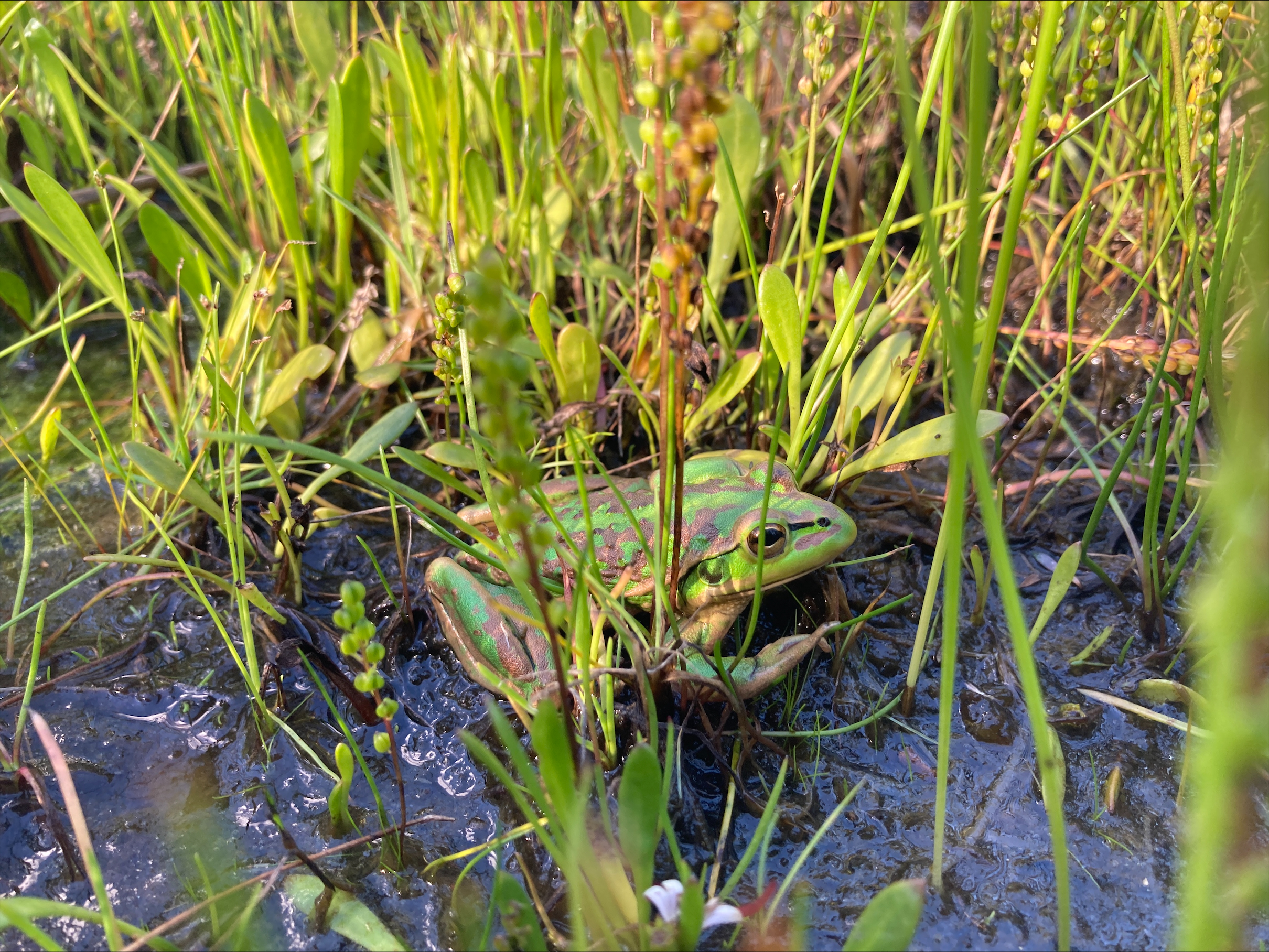
Growling Grass Frog, image by Love Our Lakes
